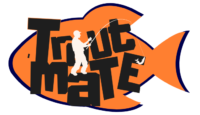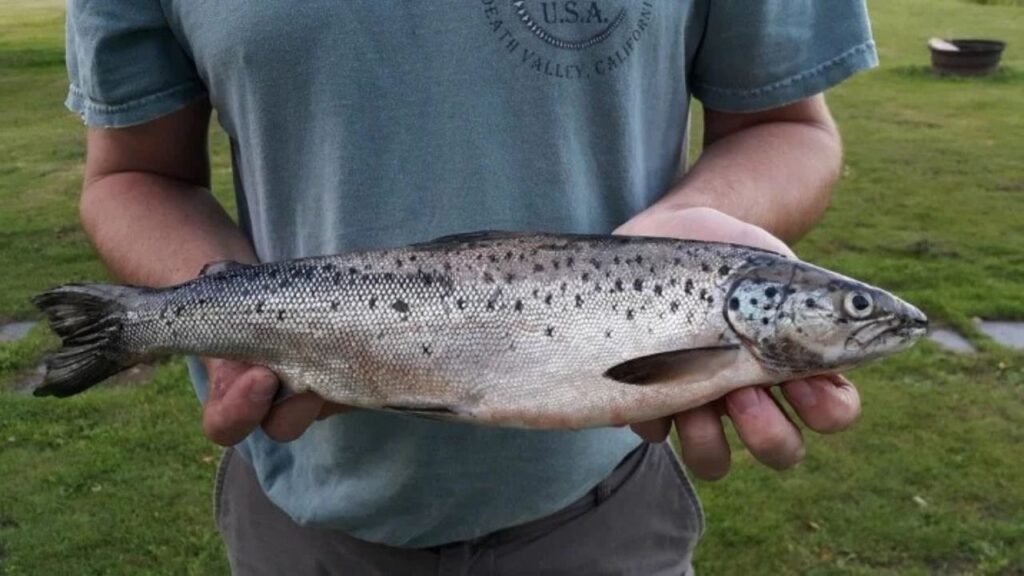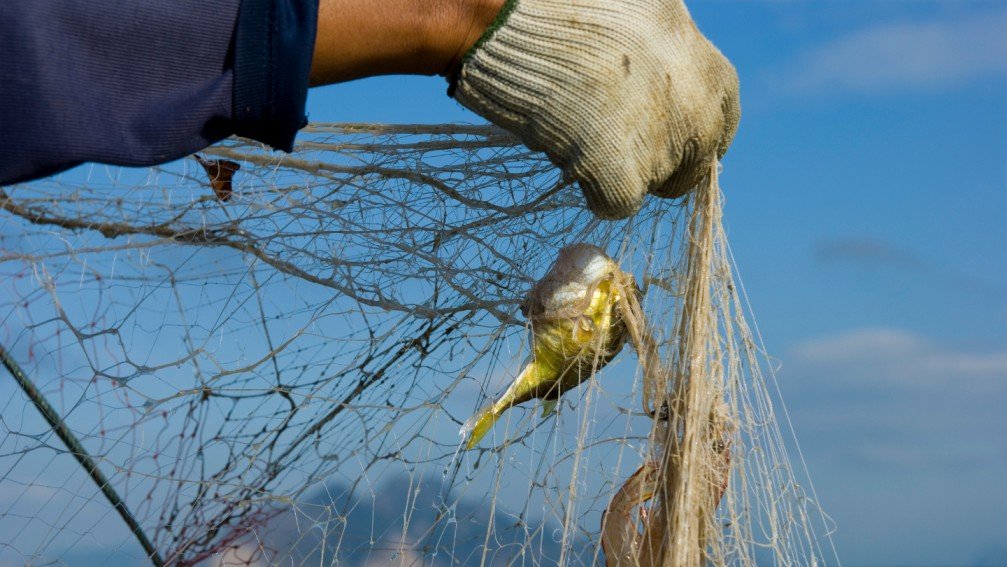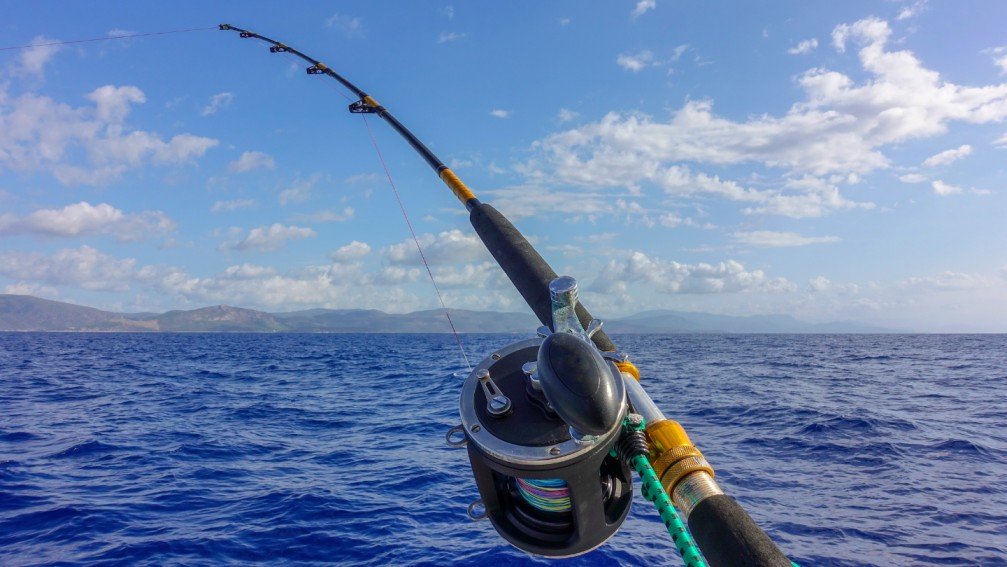To catch salmon, use the right gear and fish during their peak season. Focus on rivers and streams.
Salmon fishing is a thrilling sport enjoyed by many anglers. The right techniques and equipment significantly increase your chances of success. Salmon are powerful fish, requiring sturdy rods and reels. Timing is crucial; peak seasons vary by location. Knowledge of local rivers and streams helps in finding the best spots.
Bait and lures should mimic salmon’s natural diet, with options like herring and spinners. Patience and persistence are key, as salmon can be elusive. Adhering to fishing regulations ensures a sustainable experience. Happy fishing!
Credit: www.farlows.co.uk
Choosing The Right Gear
Choosing the right gear is crucial for catching salmon. The right equipment increases your chances of success. It also makes the fishing experience enjoyable. Let’s dive into the specifics of the gear you need.
Rods And Reels
A good rod and reel are essential. Salmon rods are usually longer, about 8 to 10 feet. Longer rods help you cast further. They also provide better control. A medium-heavy action rod is ideal. It gives you the strength to handle big fish.
Choosing the right reel is equally important. Spinning reels are popular among salmon anglers. They are easy to use and versatile. Make sure the reel has a good drag system. This helps you manage the fight with the salmon. A reel with a high line capacity is also beneficial. It ensures you have enough line for long runs.
Essential Accessories
Having the right accessories can make a big difference. Here are some must-have items:
- Fishing Line: A strong, durable line is crucial. Braided lines are a good choice. They offer strength and sensitivity.
- Hooks: Use sharp, high-quality hooks. Circle hooks are effective for salmon fishing.
- Bait and Lures: Fresh bait is key. Salmon are attracted to various lures like spinners and spoons.
- Tackle Box: Keep your gear organized. A well-stocked tackle box saves time and effort.
Here’s a quick reference table for the essential gear:
| Item | Description |
| Rod | 8-10 feet, medium-heavy action |
| Reel | Spinning reel with good drag system |
| Line | Braided, strong and durable |
| Hooks | Sharp, high-quality, circle hooks |
| Bait | Fresh, various types of lures |
| Tackle Box | Organized and well-stocked |
Best Times For Salmon Fishing
Understanding the best times for salmon fishing is crucial for a successful catch. Salmon are known to be more active during certain periods, influenced by seasonal patterns and the optimal time of day. This guide will help you identify these prime times, ensuring you maximize your chances of a fruitful fishing trip.
Seasonal Patterns
Salmon fishing is highly dependent on the season. Different salmon species run at various times of the year. Here’s a breakdown of the best fishing seasons:
| Salmon Species | Best Season |
| Chinook (King) Salmon | Spring and Summer |
| Coho (Silver) Salmon | Late Summer and Fall |
| Pink Salmon | Summer (odd-numbered years) |
| Chum Salmon | Late Fall |
| Sockeye Salmon | Summer |
Summer is often the most productive season for salmon fishing. Water temperatures and food availability play a significant role in salmon activity.
Optimal Time Of Day
The time of day significantly impacts salmon activity. Early morning and late evening are generally the best times.
- Early Morning: Salmon are more active just after sunrise. Cooler temperatures and lower light levels make them more likely to bite.
- Late Evening: Just before sunset, salmon tend to feed actively. This period provides a great opportunity for anglers.
Avoid fishing during the hottest part of the day. Midday heat can make salmon less active and harder to catch.
By focusing on these seasonal patterns and the optimal time of day, you can enhance your salmon fishing experience. Plan your trips around these times to increase your chances of a successful catch.
Prime Locations
Discovering the prime locations for catching salmon can greatly increase your chances of success. Salmon are found in diverse environments, and knowing where to look is crucial. Below, we explore some of the best places to catch salmon.
Rivers And Streams
Salmon return to their native rivers and streams to spawn. These water bodies are top locations for salmon fishing. The Pacific Northwest boasts many famous rivers, such as the Columbia River and the Snake River.
Salmon prefer cool, clear, and fast-moving water. Look for deep pools and riffles where salmon rest. Use the following tips to identify the best spots:
- Deep pools – Salmon often gather here to rest.
- Riffles – These are shallow, fast-moving sections where salmon swim upstream.
- Log jams and undercut banks – These structures provide shelter for salmon.
Coastal Areas
Coastal areas are also excellent for salmon fishing. Salmon migrate through these waters to reach rivers. Key coastal regions include Alaska, British Columbia, and the Great Lakes. Here are some tips to maximize your catch in coastal areas:
- Estuaries – These are where rivers meet the sea. Salmon gather here before moving upstream.
- Nearshore waters – Fish close to shore where salmon feed on baitfish.
- Tidal currents – These currents bring food, attracting salmon.
| Location | Features |
| Rivers | Deep pools, riffles, log jams |
| Coastal Areas | Estuaries, nearshore waters, tidal currents |
Effective Bait And Lures
Fishing for salmon can be an exhilarating experience. Knowing the right bait and lures is crucial. This section dives into the most effective bait and lures for catching salmon. Understanding the difference between natural baits and artificial lures can significantly improve your success rate.
Natural Baits
Natural baits are highly effective for catching salmon. They mimic the food salmon naturally eat. Here are some of the best natural baits:
- Salmon Eggs: Salmon eggs are a favorite. They are bright and attract salmon quickly.
- Herring: Herring is another excellent bait. It is oily and has a strong scent.
- Sand Shrimp: Sand shrimp are small but very effective. They are especially good in rivers.
Using natural baits can be rewarding. It requires some preparation but can yield great results.
Artificial Lures
Artificial lures offer versatility and can be used in various conditions. They come in many shapes and colors. Below are some popular artificial lures:
| Lure Type | Description |
| Spinners | Spinners are shiny and create vibration. Salmon find them irresistible. |
| Spoons | Spoons mimic small fish. Their wobbling action attracts salmon. |
| Plugs | Plugs are hard-bodied lures. They are effective in deep waters. |
Choosing the right lure depends on the fishing environment. Experimenting with different lures can help identify what works best.
How To Catch Carp: Easy, Simple & Expert Tips For Fishing
Techniques For Casting
Mastering the techniques for casting is crucial for catching salmon. Whether you are a beginner or an experienced angler, understanding these techniques can greatly improve your success rate. Let’s dive into the basics and advanced methods of casting.
Basic Casting
Basic casting is the foundation of all fishing techniques. It’s essential for every angler. Here are some simple steps to get you started:
- Hold the rod with a firm grip.
- Position your thumb on top of the rod handle.
- Pull back the rod to the 2 o’clock position.
- Swing the rod forward to the 10 o’clock position.
- Release the line as you swing forward.
Remember to practice your timing. It ensures a smooth and accurate cast.
Advanced Techniques
Once you master the basics, you can explore advanced casting techniques. These methods help you reach further distances and target specific spots.
Roll Casting
Roll casting is perfect for tight spaces. It helps avoid obstacles behind you. Follow these steps:
- Lift the rod tip to the 1 o’clock position.
- Form a loop with the line.
- Push the rod forward to the 10 o’clock position.
- Release the line as you push.
Double Haul
The double haul technique adds power to your cast. It allows you to cast further. Here’s how to do it:
- Start with a basic cast.
- Pull down on the line with your free hand.
- Release the line as you push the rod forward.
- Repeat this motion to add extra distance.
Both these techniques require practice. They can greatly enhance your salmon fishing experience.
Reading The Water
Reading the water is key to catching salmon. Knowing where they are is the first step. Look for signs and understand the environment. This will help you find the best spots.
Identifying Hotspots
Salmon often gather in specific areas. These are called hotspots. Knowing how to find these areas is crucial.
- Rocks and Boulders: Salmon rest behind rocks. The rocks break the current.
- Deep Pools: Salmon hide in deep pools. These pools provide safety.
- Shady Areas: Look for shaded spots. Salmon prefer cooler, darker waters.
Use a map or fish-finder to locate these hotspots. Local knowledge can also be helpful. Ask local anglers for tips on where to fish.
Understanding Currents
Understanding currents is also important. Currents affect where salmon will be. They use currents to save energy.
Here are some tips to understand currents:
- Eddies: Look for swirling water behind obstacles. Salmon rest in these spots.
- Seams: Seams are where slow water meets fast water. Salmon use seams to move and feed.
- Current Breaks: Areas where the current slows down. Salmon gather in these spots to rest.
Reading the water involves patience and practice. Observe the water and take notes. Over time, you will get better at spotting the right areas.
| Signs | What to Look For |
| Rocks and Boulders | Salmon resting behind them |
| Deep Pools | Salmon hiding in safety |
| Shady Areas | Cooler, darker water |
| Eddies | Swirling water behind obstacles |
| Seams | Where slow water meets fast water |
| Current Breaks | Areas where the current slows down |
Handling And Releasing Salmon
Properly handling and releasing salmon is crucial for their survival. This ensures the fish can continue their life cycle. By following some simple steps, you can make a big difference.
Proper Handling
Use a landing net with rubber mesh. This helps protect the fish’s scales and slime coat. Wet your hands before touching the salmon. This reduces damage to their skin.
Support the fish gently. Hold it horizontally with one hand under the belly. Avoid squeezing the salmon. Keep it in the water as much as possible. This allows it to breathe.
Safe Release Methods
Revive the salmon before releasing it. Hold the fish facing upstream. This lets water flow through its gills. Move the fish gently back and forth. This helps oxygenate its blood.
Wait until the salmon shows strong signs of swimming. Let it go gently when it tries to swim away. Avoid dragging the fish onto the shore. Keep it in the water to reduce stress.
Follow these methods to ensure a healthy release:
- Use barbless hooks
- Minimize handling time
- Avoid touching the gills
- Release the fish quickly
| Do’s | Don’ts |
| Wet hands before touching fish | Squeeze the fish |
| Use a rubber mesh net | Drag fish onto shore |
| Revive fish by moving it gently | Keep fish out of water long |
Remember, handling and releasing salmon properly helps them survive. This contributes to a healthy fish population.
Credit: m.youtube.com
Safety Tips
Catching salmon is exciting but staying safe is crucial. Follow these tips to ensure a safe and enjoyable experience.
Personal Safety
Wear a life jacket at all times, especially if fishing from a boat. Even strong swimmers need this protection. Check weather conditions before going out. Sudden storms can be dangerous. Carry a first aid kit with you. Accidents can happen, and quick access to supplies is vital.
Stay hydrated by drinking plenty of water. Fishing can be physically demanding. Wear appropriate clothing. Dress in layers and use waterproof gear. Always let someone know your fishing location and expected return time. This ensures help can find you if needed.
Environmental Considerations
Respect the environment to keep it safe for everyone. Follow these guidelines:
- Do not litter. Always bring a bag for trash.
- Use barbless hooks to minimize harm to fish.
- Release undersized or unwanted fish carefully back into the water.
- Follow local regulations on fishing limits and seasons.
Avoid disturbing wildlife. Keep a safe distance from animals. Use biodegradable products whenever possible. This reduces pollution in water bodies. Stay on designated paths and do not trample vegetation. This preserves the natural habitat.
Mastering the art of catching salmon takes practice and patience. With the right techniques and gear, success is within reach. Remember to respect local regulations and seasons. Enjoy the thrill of the catch and the beauty of nature. Happy fishing!
FAQs:
What Is The Best Method For Salmon Fishing?
The best method for salmon fishing is trolling with lures or bait. Use a downrigger to reach deeper waters.
What Is The Best Bait For Salmon?
The best bait for salmon includes fresh roe, herring, and shrimp. Artificial lures like spoons and spinners also work well.
How Do Fishermen Catch Salmon?
Fishermen catch salmon using nets, fishing lines, and traps. They often fish in rivers, oceans, and hatcheries. Salmon are attracted to bait and lures.
What Method Is Used To Catch Salmon?
Anglers typically use trolling, fly fishing, and drift fishing to catch salmon. Commercial methods include gillnetting, purse seining, and trolling.



